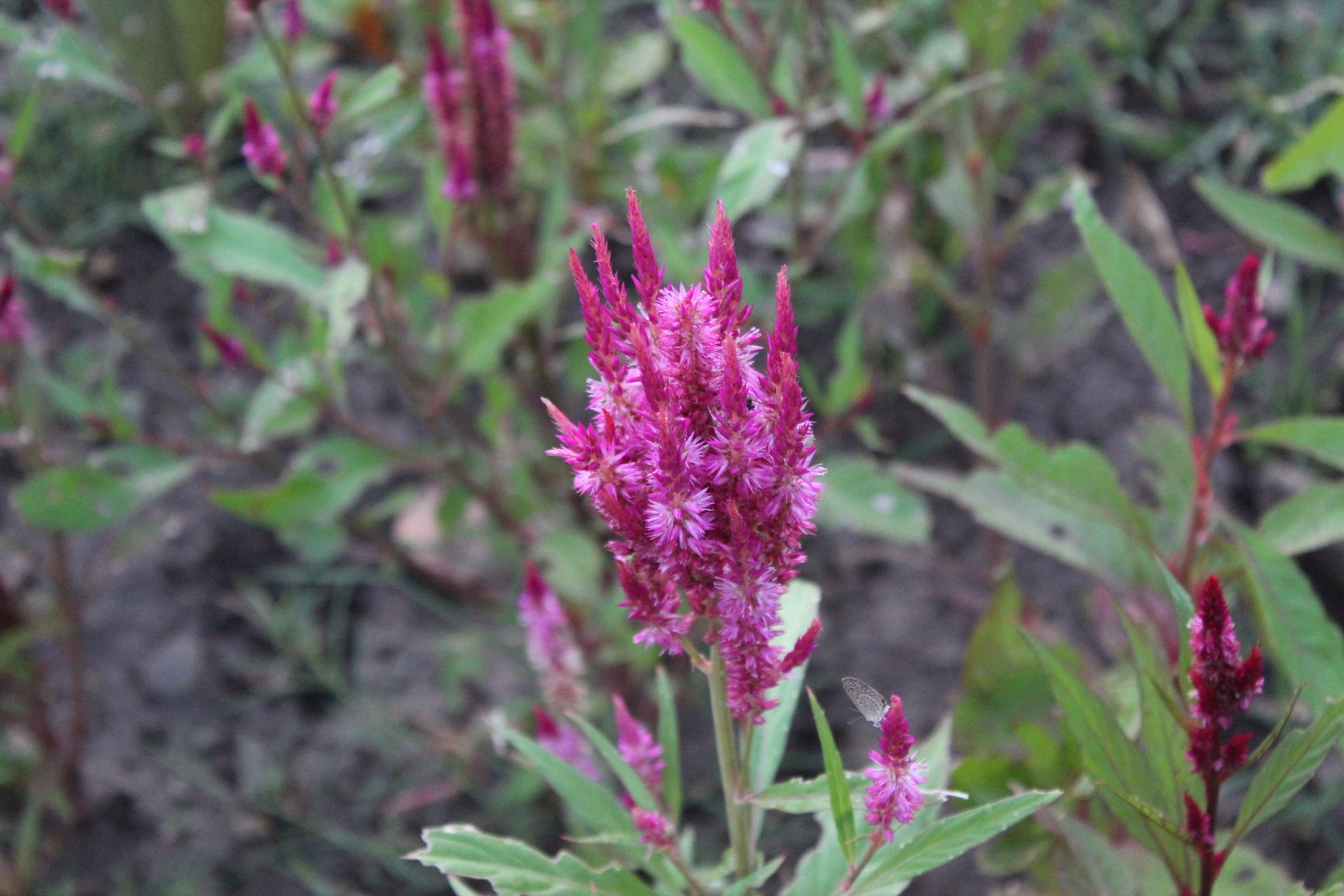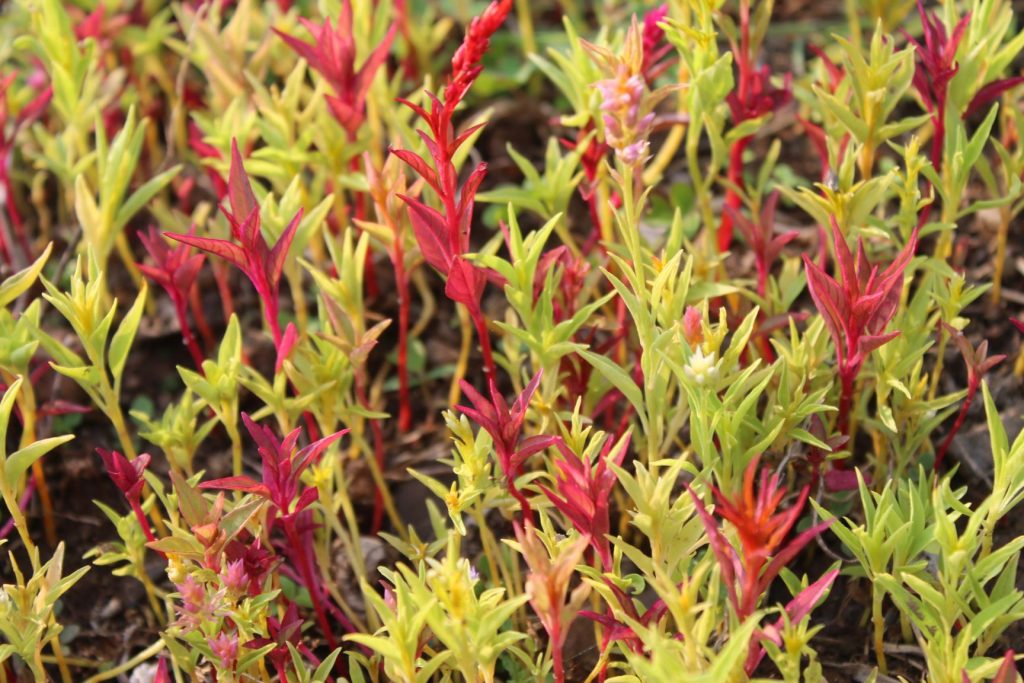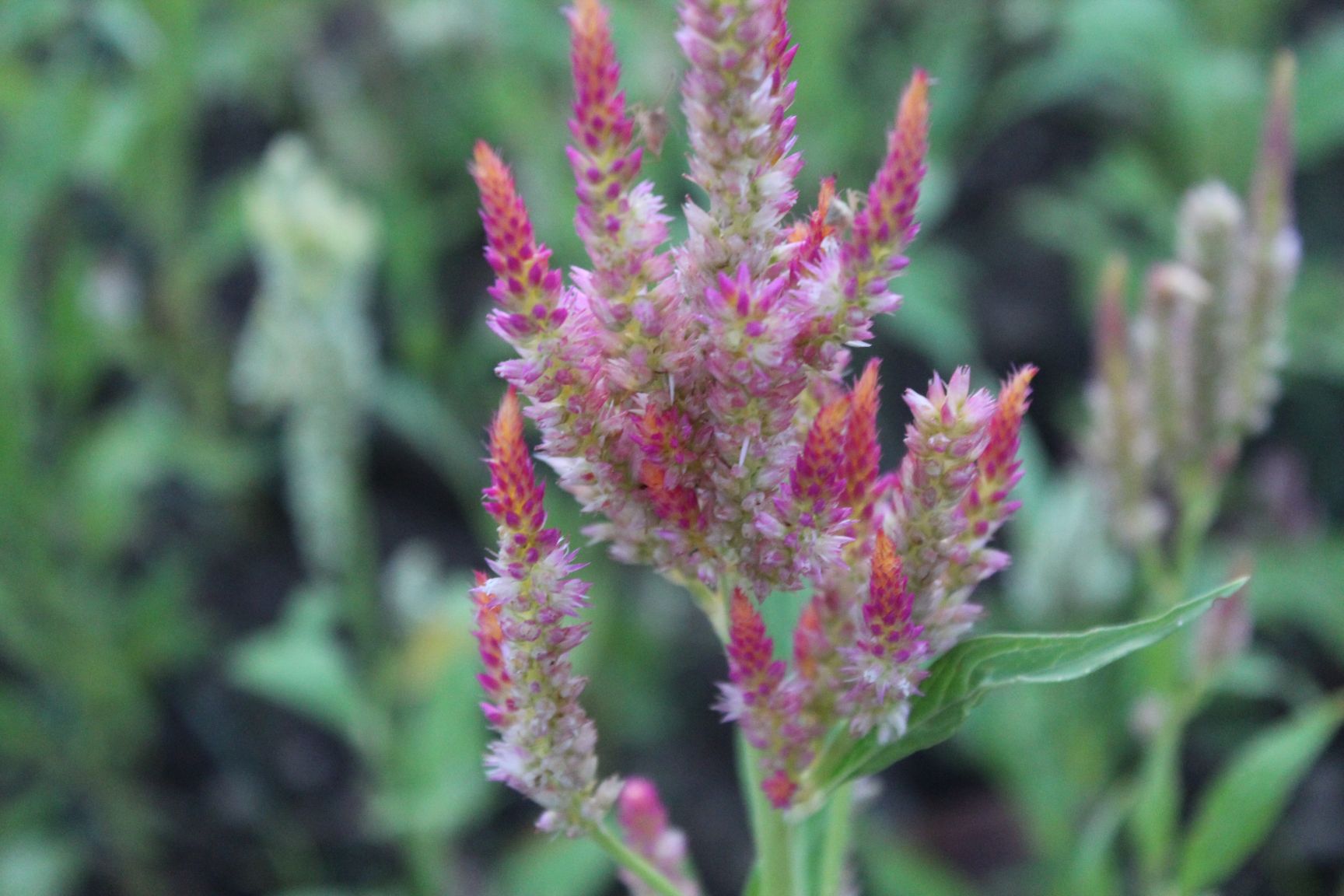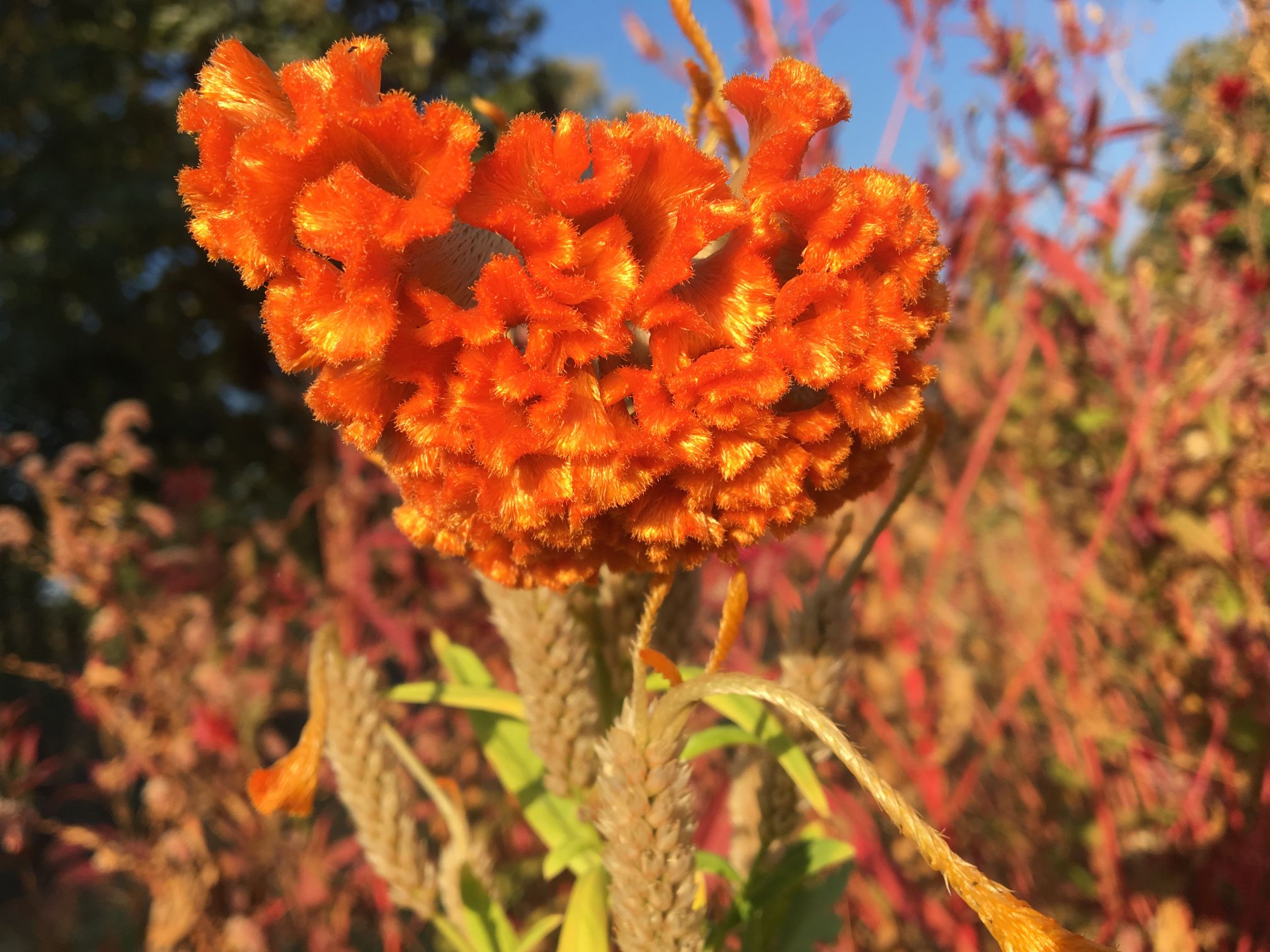Celosia are annual plants and members of the Amaranth family, classified as an edible ornamental. They are edible plants you can add to your garden and have a taste similar to spinach. Celosia also contains vitamins and minerals that are usually found in deep-hued leafy greens. The flowers of celosia are brightly-hued clusters of arrowhead shape.
Here are some facts about Celosia:

Common Name | Cockscomb Flower, Wool Flower, Brain Celosia, Flamingo Feather |
Scientific Name | Celosia |
Plant Type | Annual |
Plant Size | 6-25 inches in height, 6-18 inches wide |
Bloom Time | Mid-Summer or Mid-Fall |
Flower Colour | Purple, Red, Orange, White, Pink, Yellow |
Hardiness Zones | 10-12 USDA |
Native Area | India, Africa, North and South America |
Propagation | Leaf Cuttings, Seeds |
Exposure to Sun | Full Sun |
How to Grow Celosia
Starting the plant with seeds outdoors provides you with varieties of colours and shape. The best part is if you allow the flowers to bloom fully and then produce seeds you can watch out for replacements the next season.
Growing Celosia from seeds is easy. Here are some tips you can consider while planting celosia:
- Plant your celosia in a place where it will get plenty of sun (6-8 hours a day).
- Space the seeds 6-8 inches apart in well-draining soil.
- To germinate seeds indoors, poke seeds about one-quarter of an inch below the soil in peat pots four to six weeks before the final frost. Keep seedlings in a warm location and plant outdoors after the final frost.
- Flowers appear approximately in 90 days.


Plant Care
Watering
Celosia is moderately drought-tolerant. Water your celosia plant when the top layer of soil is dry. Celosia are prone to root rot, so never soak your plant in water, this will kill the plant. Water once or twice a week in summers and once a week in winters.
Nutrients
Use a liquid plant food every couple of weeks, especially when it’s too hot or rainy. Heavy amounts of rain can wash away soil nutrients making your plant dull.


Light
These plants need 6-8 hours of direct sunlight to bloom well. It would be good if you plant it in your garden rather than planting it indoors.
Pruning
Celosia does not usually require significant pruning, but gentle shaping will make it look its best. To shape the plant, pinch off its longer stems. Remove leaves that look unhealthy or have dried out. Do not pull off the leaves, pinch or cut them with sharp garden scissors. Also, be sure to remove dead flowers, as this will encourage the growth of new buds. Stems that are broken should be pruned below the defect. Never leave damaged stems on a celosia, as disease could enter the plant.
Pests & Diseases
These plants are usually receptive to fungal disease. If you keep your celosia indoors, it may attract mites, which feed on leaf sap. To control mites, lightly spray the leaves with a mixture of one teaspoon of mild dish liquid in one liter of water.


How to dry Celosia Flowers
Dry celosia flowers can be used in your wreaths, crafts, porch pots & garlands. Also you can put them into a vase or make sockets with other flowers to decorate your home.
Here is how you can dry celosia flowers:
- Harvest mature blooms that haven’t set seed yet in the morning after the dew has dried.
- Cut the longest stem you can and place it in a bucket of water until you get back inside.
- Bundle six to eight stems together with a rubber band and hang them upside down to keep the stems straight in a warm, dry location such as an attic or shed.
- Position the flowers at different levels in the bunch so air circulates and the blooms aren’t damaged.
- Keep the flowers out of direct light to help preserve the color.
- Space bundles to allow good air circulation and avoid mold.
More Varieties of Celosia
- Asian Garden
- Pink Candle
- Intenz Classic
- Dracula
- Kurume Corona
- Tornado Red
- Twisted Orange
- Dragon’s Breath
- Fresh Look Gold
- Arrabona Red
- Plumed Celosia
- Spiked Celosia
- Flamingo Feather
Uses
- Celosia is often used for medicinal purpose to treat intestinal worms, blood disease, mouth and eye problems
- The seeds of celosia are used to treat chest problems and flowers are used to treat diarrhoea.
- Most parts of celosia are commonly eaten in stews, and is a staple food of Nigeria.
- These flowers are also used as decoratives, in soaps and other crafts as well.


Do you want flowers that last upto months with stunning colours and striking shapes?
Celosia is the plant for you.
As long as you provide the sunlight it needs, these flowers will provide long-lasting color and undeniable interest in the garden.
Feel free to share your experience with these lovely flowers in the comments below. And if you want more colourful flower choices, be sure to check out some of our other growing guides:

Muchos Gracias for your blog post.Really looking forward to read more. Really Great.
This is one awesome article.Really thank you! Really Great.
I am so grateful for your post. Really Cool.